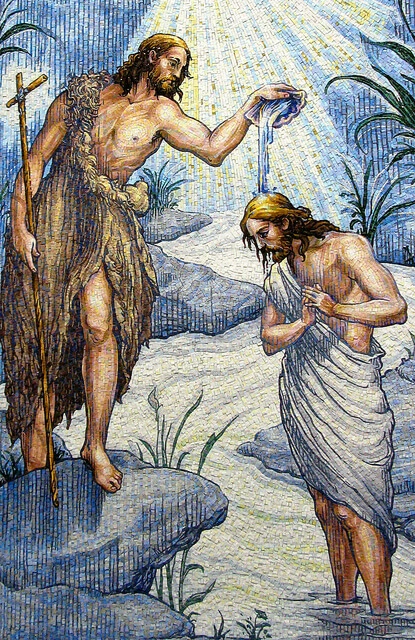648. As for numbers and measurements in the Word meaning celestial and spiritual things, this becomes quite clear from the measuring of the New Jerusalem and of the Temple in John and Ezekiel. It may become clear to anyone that the 'New Jerusalem' and the 'New Temple' mean the Lord's kingdom in heaven and on earth, and that the Lord's kingdom in heaven and on earth is not subject to earthly measurements, even though the size of it - its length, breadth, and height - is specified numerically. From this anyone may conclude that numbers and measurements mean things that are holy, as in John,
I was given a measuring rod like a staff, and the angel stood and said to me, Rise and measure the temple of God, and the altar, and those who worship in it. Revelation 11:1.
And concerning the New Jerusalem,
The wall of the heavenly Jerusalem was great and high, having twelve gates, and above the gates twelve angels, and names written which are those of the twelve tribes of the sons of Israel; on the east three gates, on the north three gates, on the south three gates, and on the west three gates. The wall of the city had twelve foundations, and on them the twelve names of the apostles of the Lamb. He who talked to me had a golden measuring-rod to measure the city, and its gates, and its wall. The city lies four-square, and its length is the same as its breadth. He therefore measured the city with the measuring rod, twelve thousand stadia; its length and breadth and height were equal. He measured its wall, a hundred and forty-four cubits, which is the measure of a man, that is, of an angel. Revelation 21:12-17.
[2] Here the number twelve occurs repeatedly. It is a very holy number since it means the holy things of faith, as has been stated above at verse 3 of this chapter, and in the Lord's Divine mercy will be shown at Genesis 29, 30. Hence also the comment added at the end of the quotation set out above about this measure being 'the measure of a man, that is, of an angel'. The same applies with the New Temple and the New Jerusalem in Ezekiel, which are also described according to their measurements, Chapter 40:3, 5, 7, 9, 11, 13-14, 22, 25, 30, 36, 42, 47; Ezekiel 41:1-end; 42:5-15; Zechariah 2:1-2. There also, regarded in themselves the numbers mean nothing but celestial and spiritual holiness independent of actual numbers. The same applies to all the numbers giving the dimensions of the Ark, Exodus 25:10, and similarly of the mercy seat, the golden table, the Tabernacle, the altar, Exodus 25:17, 23; Exodus 26; 27:1; and to all the numbers and dimensions of the Temple, 1 Kings 6:2-3, and many other examples.







